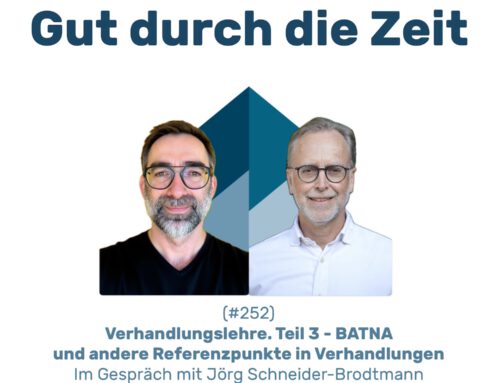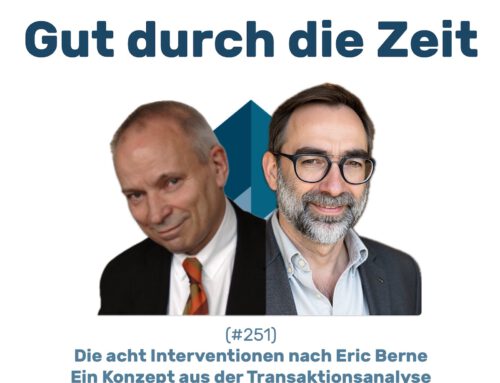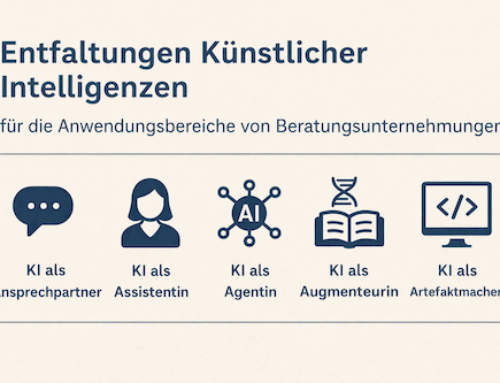INKOVEMA Podcast „Episodes of Mediation“
#03 EdM – From the enquiry to the triangle
What to consider if only one party to the conflict requests mediation
Episodes of mediation. The podcast on practical questions about mediation and conflict management.
Episode 3 – From the enquiry to the triangle. What to consider if only one party to the conflict requests mediation
Case situation: The following situation. As a conflict counsellor, you receive an email or phone call from a party to the conflict who wants mediation or could at least consider it. The other party to the conflict is unaware of this initiative and the idea of mediation. In most cases, the contacting person already has prior knowledge, has researched the term in detail on the Internet, has recognised various features and focuses within the mediation process and has ultimately somehow developed the idea that this could be the right process. This also applies if the person claims not to know anything specific about mediation.
As a rule, it is therefore a case of personal mediation, not organisational mediation. The main difference here is that in the first case, the people you will be working with as a mediator pay for the process, whereas in the case of organisational mediation, the organisation initiating the mediation gives the order. In the following, I will focus on mediation with individuals.
If you have any questions about organisational mediation and the design of the contract, please send me an e-mail to info@inkovema.de. Then I will answer them here next time.
**Problem outline: ** If the telephone conversation confirms the idea that mediation or at least a joint discussion on the subject, possibly conflict mediation, appears to make sense, the question arises – and it is usually also asked by the conflict party - who now makes the notification and enquiry and ultimately the invitation to the mediation in question and how should this be done, in person, by telephone or by e-mail?
Firstly, the question of who makes the notification and invitation. This could be the contacting party to the conflict or the mediator themselves, i.e. you, dear listener.
And right up front – both paths have their advantages and disadvantages. And neither path can be taken without paying a certain price.
Let's take a closer look at things.
Advantages and disadvantages
Contacting person submits the idea themselves:
Self-efficacy of the conflict party is strengthened (autonomy) In addition, the mediator remains neutral and offers hardly any scope for false, mistrust-soaked attributions of a lack of neutrality. It is usually irritating when the mediator has to say that she has already spoken to the other party to the conflict. Admittedly, this approach involves the risk of a renewed escalation in communication - after all, the parties are in their typical dispute patterns - so that the idea is devalued and rejected, often because it is seen as a one-sided and overly far-reaching solution that the other party to the conflict must still reject in principle. If this approach is nevertheless chosen, the mediator could use a flyer or your website (via LINK in an e-mail, not verbally or in writing, which would be far too cumbersome) to draw attention to the fact that the other party to the conflict can first form their own impression of the mediator. The main idea here is that the other party to the conflict is given room for manoeuvre and does not feel that they are faced with a fait accompli, even if that would be a mistake.
Mediator contacts the other party to the conflict and presents the idea:
The advantages in this case are that – hopefully – the approach is more professional and de-escalating, and the mediator is also able to provide specific information about what exactly should happen in such a mediation. The mediator is able to provide competent information about the process. At the same time, there is the possibility that the mediator can equalise the inequality of the first conversation with the originally contacting conflict party. The disadvantage of this option can be that the conflicting party feels taken by surprise at the beginning of the telephone call or email, has to realise that this conflict has been told to a third party, and there may be moments of shame, anger and incomprehension – as well as the feeling of being too late because you can only tell your conflict story as a second person. All of this is possible – and does happen. In short: the contact and mediation request by the mediator themselves ignites a turbo in the conflict dynamics and the entire conflict or conflict resolution process (which is still completely open in these moments) takes a giant leap forward. I don't want to dramatise this, but a phone call like this is challenging for the inexperienced. It's a good thing if these situations can be practised in training courses. Another practical tip: If the mediator decides in favour of this approach (the advantages are considerable!), it has always been helpful if the requesting party to the conflict has briefly and concisely announced that the mediator will be contacting them, no more, no discussions, but if necessary with their name and website. This allowed the other party to the conflict to prepare mentally.
Next time This is about the question of the participants in organisational mediation. Who sits at the mediation table and is the organisation somehow part of it? I look forward to hearing from you. Thank you very much.
I look forward to seeing you.
For the moment, thank you for listening in.
Stay with us and get through this time well.
Yours, Sascha Weigel.





Leave A Comment